
© Mauritshuis, The HagueNew research posits that Johannes Vermeer painted View of Delft in September 1659 or 1658.
Dutch Golden Age artist Johannes Vermeer is known for creating
iconic works like
Girl With a Pearl Earring. But it was his
View of Delft that French novelist
Marcel Proust deemed "the most beautiful painting in the world." Now, an astronomer has studied the 17th-century cityscape's depiction of light and shadow to pinpoint the moment that inspired the artist down to the hour, reports Daniel Boffey for the
Guardian.
Art historians have long thought that
View of Delft was painted in the late spring or early summer of 1660, but the details of Vermeer's life are so hazy that no one could be sure exactly when the masterwork came to fruition, according to Jennifer Ouellette of
Ars Technica.
Donald Olson, an astronomer at Texas State University, and his colleagues used Google Earth and maps from the 17th and 19th centuries to identify landmarks in the painting. Then, they measured the distances and angles of its shadows and highlights. As the
Guardian notes, the team even visited Delft firsthand to deduce the position of the sun — and thus the time of year — associated with a slice of light seen on the Nieuwe Kerk tower's belfry in Vermeer's skillful rendering.

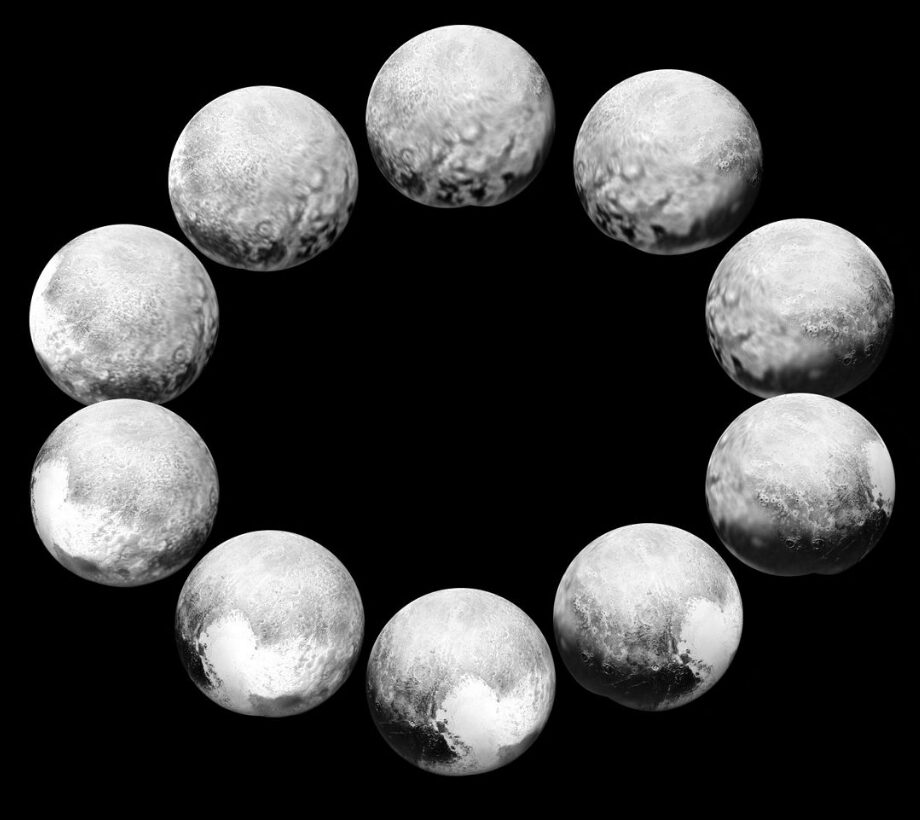
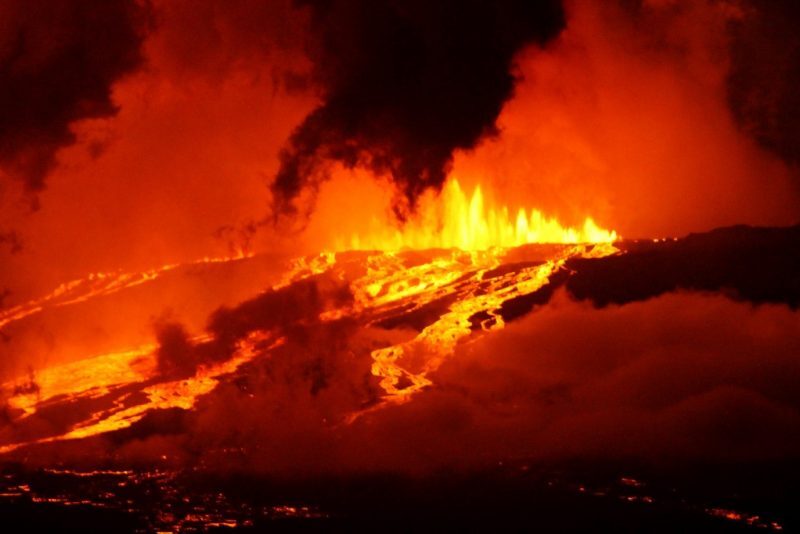


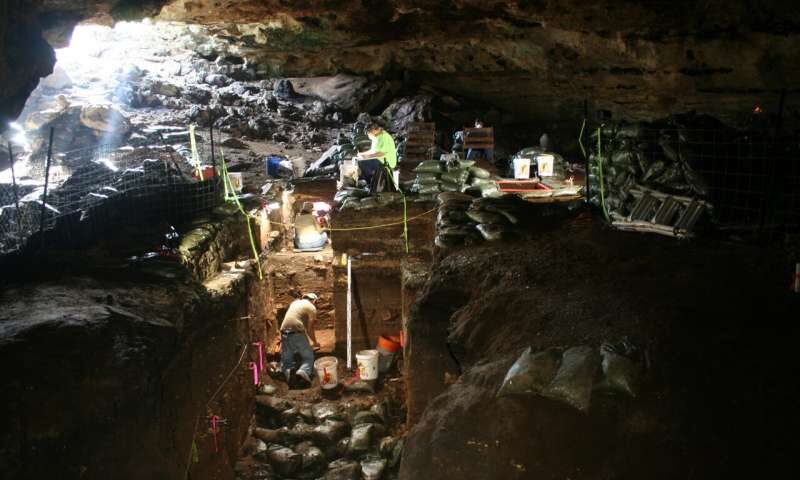
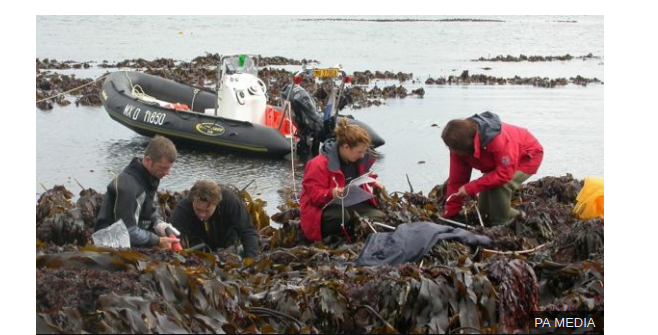


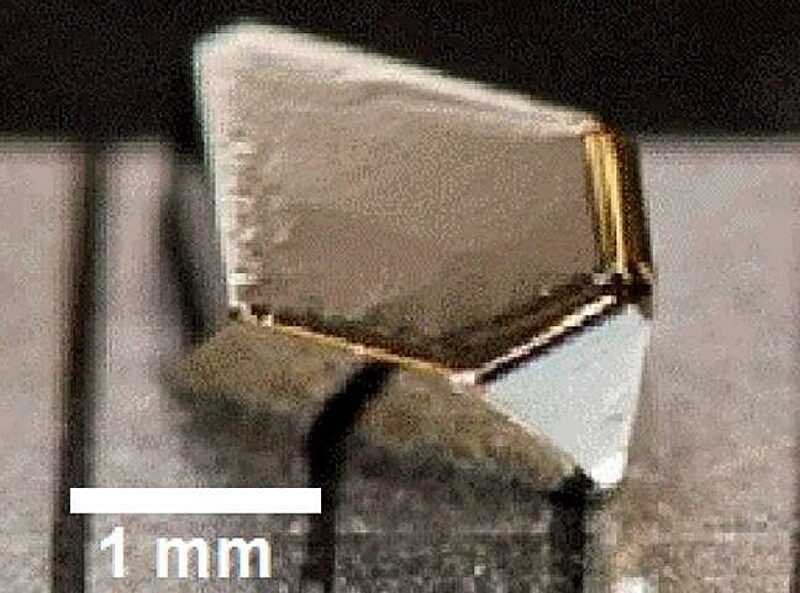



Comment: See also: Choosy eggs may pick sperm for their genes, defying Mendel's law